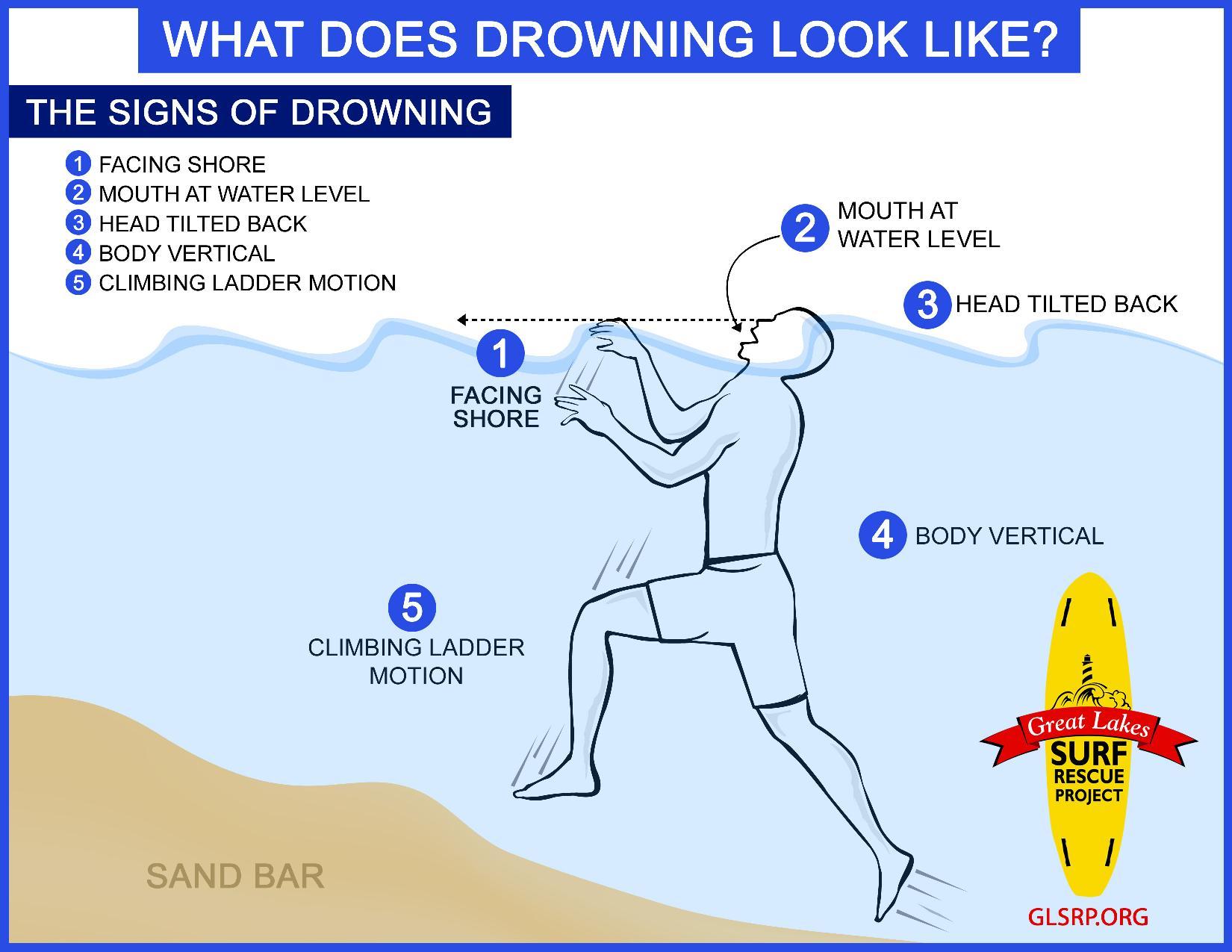

As an instinctive reaction, this is not consciously mediated nor under conscious control. Involuntary actions operated by the autonomic nervous system involve lateral flapping or paddling with the arms to press them down into the water in the effort to raise the mouth long enough to breathe, and tilting the head back.

Lacking air, their body cannot perform the voluntary efforts involved in waving or seeking attention. A person close to the point of drowning is unable to keep their mouth above water long enough to breathe properly and is unable to shout. While distress and panic may sometimes take place beforehand, drowning itself is quick and often silent. The suppression of rational behavior by panic can also endanger swimmers attempting to rescue the victim. The reaction is characterized by lateral arm movements, a vertical posture, tilting back the head, and inability to keep the mouth above the water or talk. It is focused on attempting to keep the mouth above water to the exclusion of useful effort to attract help or self rescue, and is often not recognized by onlookers. The instinctive drowning response is an instinctive reaction that occurs in humans, particularly in non-swimmers, when close to drowning.

Instinctive reaction that occurs in humans when close to drowning


 0 kommentar(er)
0 kommentar(er)
